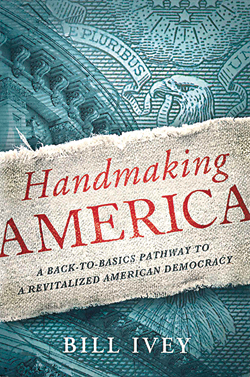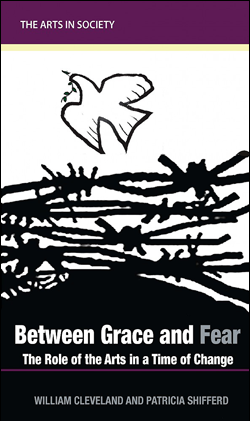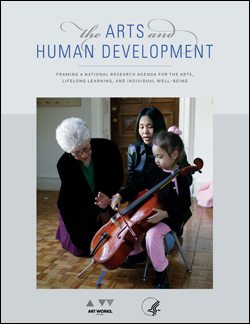Why Arts? Making the Case
Bill Ivey. 2012, 192 pages, Counterpoint.

In his new book we learn about many of the things Bill Ivey doesn’t like:
- banner ads
- smart phones
- the $6 billion yoga industry
- politicians who hide behind polling
- cable news
- $4,000 mountain bikes
- TV in general; cooking shows in particular
And we learn about some of the things Bill Ivey does like:
- Leica cameras
He sat less than two feet away, with just the bare table between us. Everything seemed to be going well. We were talking about the value of creativity and innovation in education, commerce, and culture, and how incorporating creativity principles into curriculum development would improve school culture across his district. There were fervent nods of agreement, as we seemed unified in our conviction of the importance of creativity in developing twenty-first-century learning skills.
Read More...PLAYWRIGHT:
Read More...December 2011, 38 pages. National Endowment for the Arts, 1100 Pennsylvania Avenue NW, Washington, DC 20506, (202) 682-5400, www.ars.gov
Download:
![]() The Arts and Human Development (2.4Mb)
The Arts and Human Development (2.4Mb)
Overview
Read More...
2011, 416 pages, Common Ground Publishing, Champaign, IL
Is a major shift in worldview taking place across the globe today? If so, what role can artists, arts organizations, and cultural creatives play in imagining and sustaining a future with more equitable lifeways?
Read More...May 28, 2011
Today more than ever, states that want to be competitive need a policy agenda that supports and nurtures the creativity and economic productivity of their citizens. With his veto of funding for the Kansas Arts Commission, Governor Sam Brownback has now declared his opinion that Kansas is too poor for that. The real poverty expressed in this action is not of the pocketbook; state arts agencies yield excellent return on investment in jobs and tax revenues.
Read More...Activities that are good in themselves are good for the economy, and activities that are bad in themselves are bad for the economy. The only intelligible meaning of "benefit to the economy" is the contribution — direct or indirect — the activity makes to the welfare of ordinary citizens.
Read More...All things in nature have a shape, that is to say, a form, an outward semblance, that tells us what they are, that distinguishes them from ourselves and from each other.
Read More...2009, 12 pages. WolfBrown, 808A Oak Street, San Francisco, CA 94117, 415-796-3060, www.wolfbrown.com
“Creative capital is the network of understandings, values, activities, and relationships that individuals, organizations, and communities develop when they share what earlier generations have imagined and when they, in turn, generate and pass on what they imagine.”
Read More...

